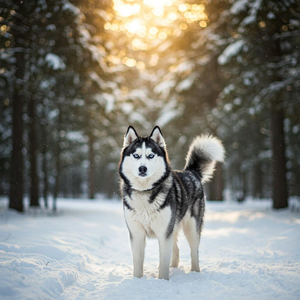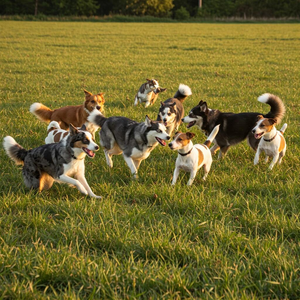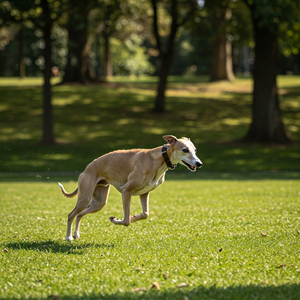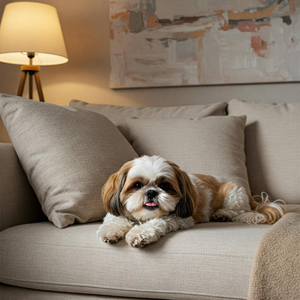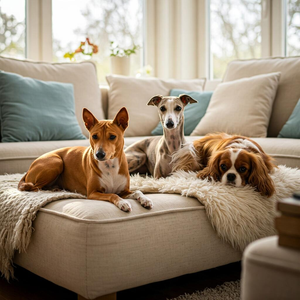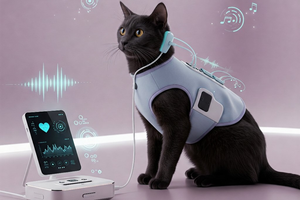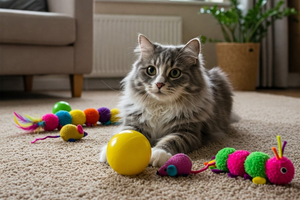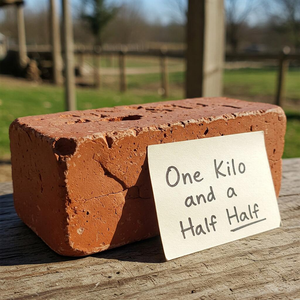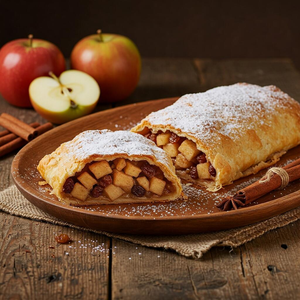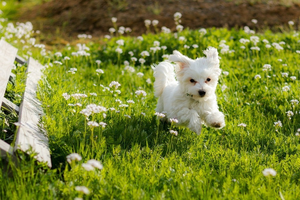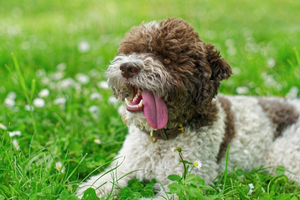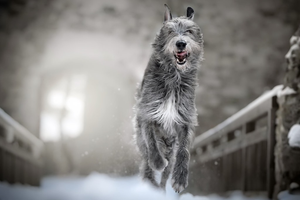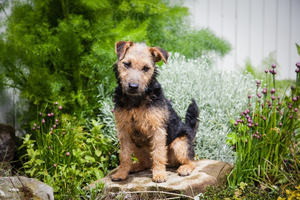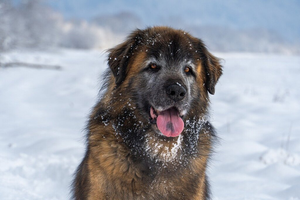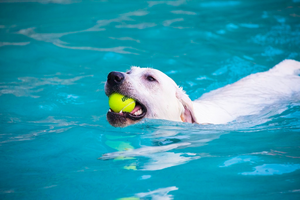
New Perspectives and Insights for Engaging Dialogue
A place where the heart finds space to beat in harmony with the beauty of the world around us. Here, among the pages of this blog, we strive to tell stories, share experiences and immerse ourselves in topics ranging from our four-legged friends to the most hidden corners of our daily life.
Films and TV Series: A Journey into Imaginary Worlds

The reviews, reflections and analyses that you'll find in this section are designed for those who love the big and small screen, but also for those looking for inspiration and new ideas for their evenings.
From timeless classics to the latest releases, we'll take you on a journey through the fantasy worlds of the seventh art.
Cooking Recipes: A Journey through Flavours and Fragrances

Our recipes are the result of experiments in the kitchen, of traditions that meet and of new flavours that we want to discover together with you.
From the simplest and quickest dishes to the most elaborate recipes, each step is an invitation to rediscover the joy of cooking and sharing a meal with those we love. Each recipe is designed to nourish not only the body, but also the soul.
Travel and Events: The World to Discover with the Eyes of Wonder

In this section we will accompany you on unforgettable adventures, exploring extraordinary destinations and events that deserve to be experienced.
Each trip is an opportunity to grow, to learn, to discover the world with curious eyes and an open heart.
Computer Science: Where Technology Meets Creativity

But it's not just a question of code and algorithms: it's a world that stimulates our curiosity, that invites us to solve puzzles and to build innovative solutions.
We'll talk about new technological developments, how computer science is shaping our future, but also how we can use technology to improve our daily lives.
Here, you'll find articles that will inspire you to look to the future with enthusiasm and to live our digital age with greater awareness.
Dog breeds: companions for life and adventure

Dog breeds are a diverse world, offering a range of unique characteristics that adapt perfectly to each of us, to our habits and our lifestyles.
From the guard dog, who offers protection and security, to the pet dog, who gives joy and affection at all times, each breed has its own story to tell.
Let's learn together to get to know our furry friends better, to understand their needs, and to build a deep relationship based on trust and respect.
Pet Training: Growing Together with Our Companions
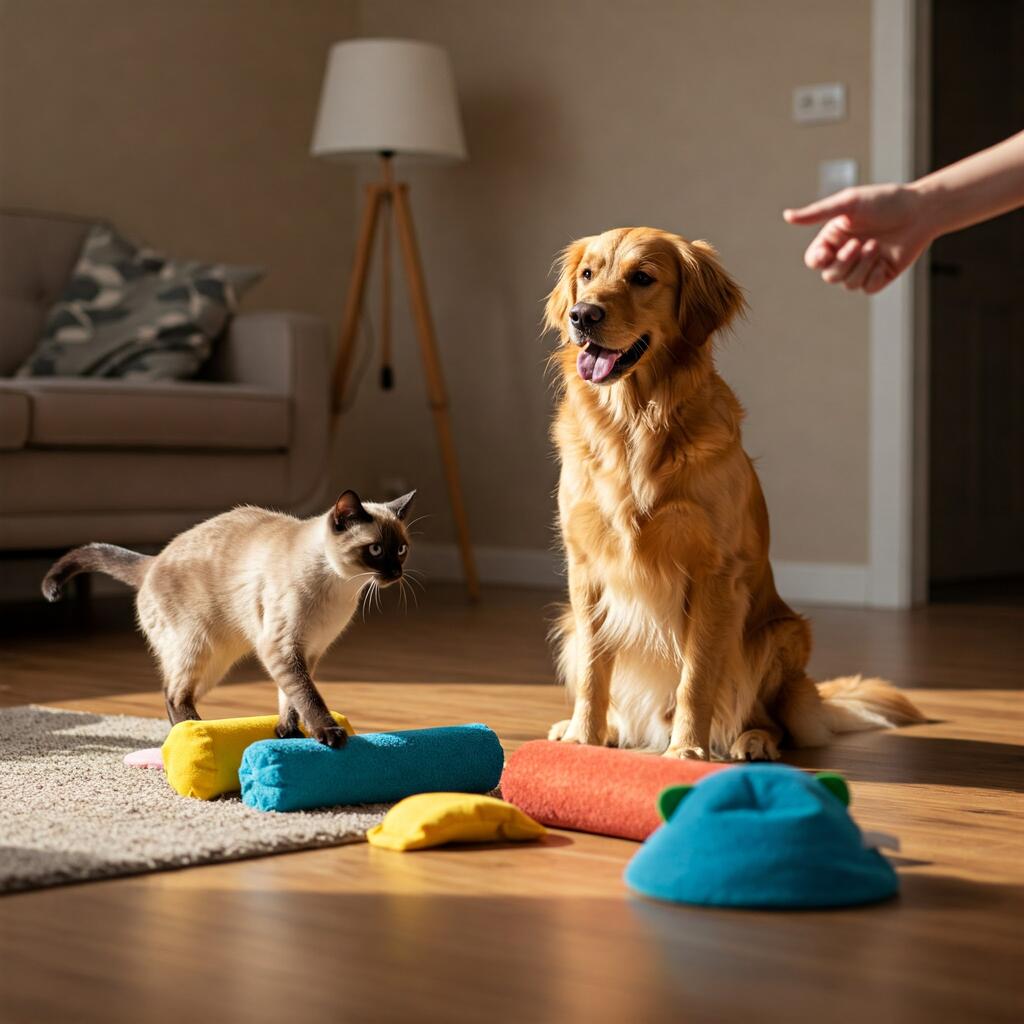
In this section we'll explore training techniques, practical advice and strategies for building a harmonious relationship with our four-legged friends.
From teaching basic commands to managing complex behaviour, our goal is to help you become the best life companions for your animals.
Cat Breeds: A Journey into the Feline Soul
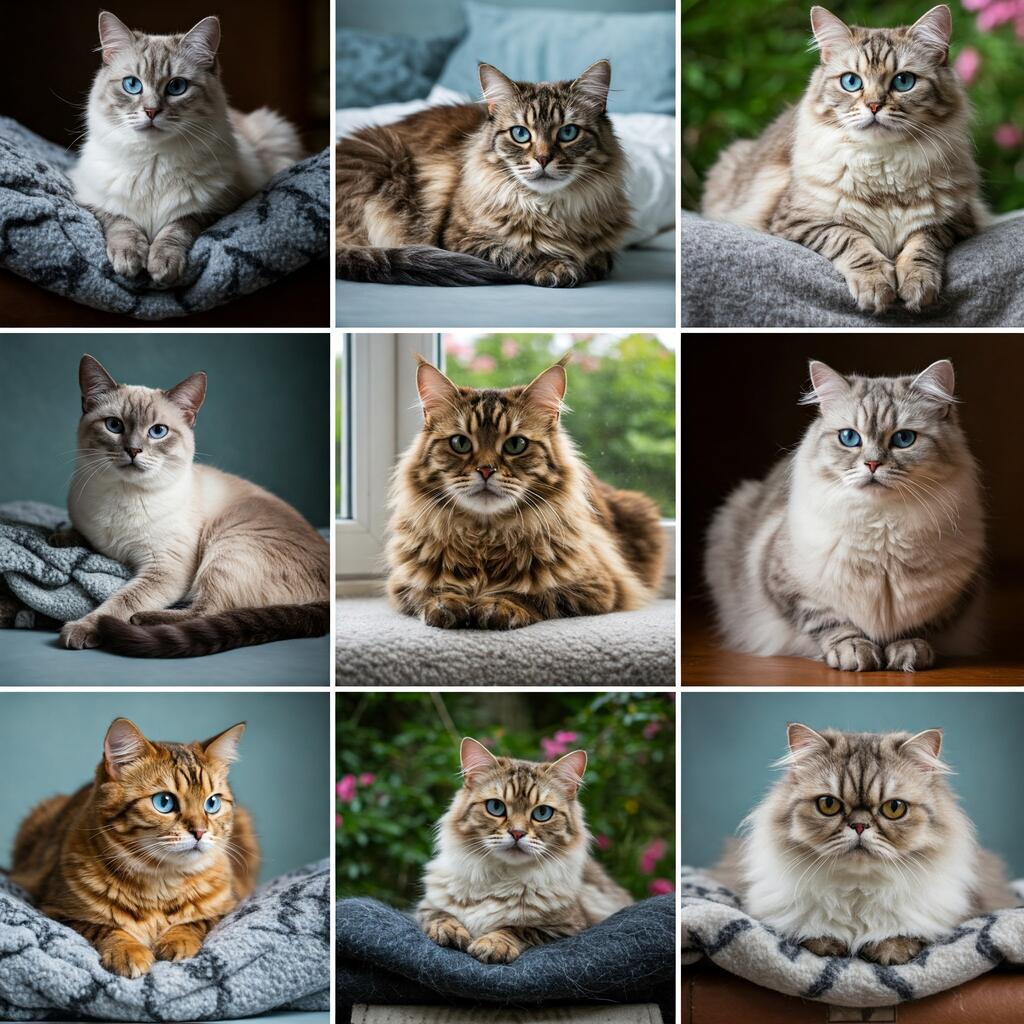
Each cat breed tells a unique story, a personality that is slowly revealed, day after day.
From the most independent and proud to the affectionate and cuddly, cats are fascinating creatures that teach us the beauty of patience and serenity.
We share information about each breed with you, describing their character, their peculiarities and how we can take care of them, offering an opportunity to deepen our connection with these extraordinary beings.
Interesting Facts and Curiosities: The World is Full of Wonders

From the mysteries of nature to the most extraordinary historical events, we like to explore every corner of the world and share with you stories that may surprise and inspire you.
Never stop marvelling, because every little detail of life has something to teach us.
Home Care: Creating a Refuge with Love
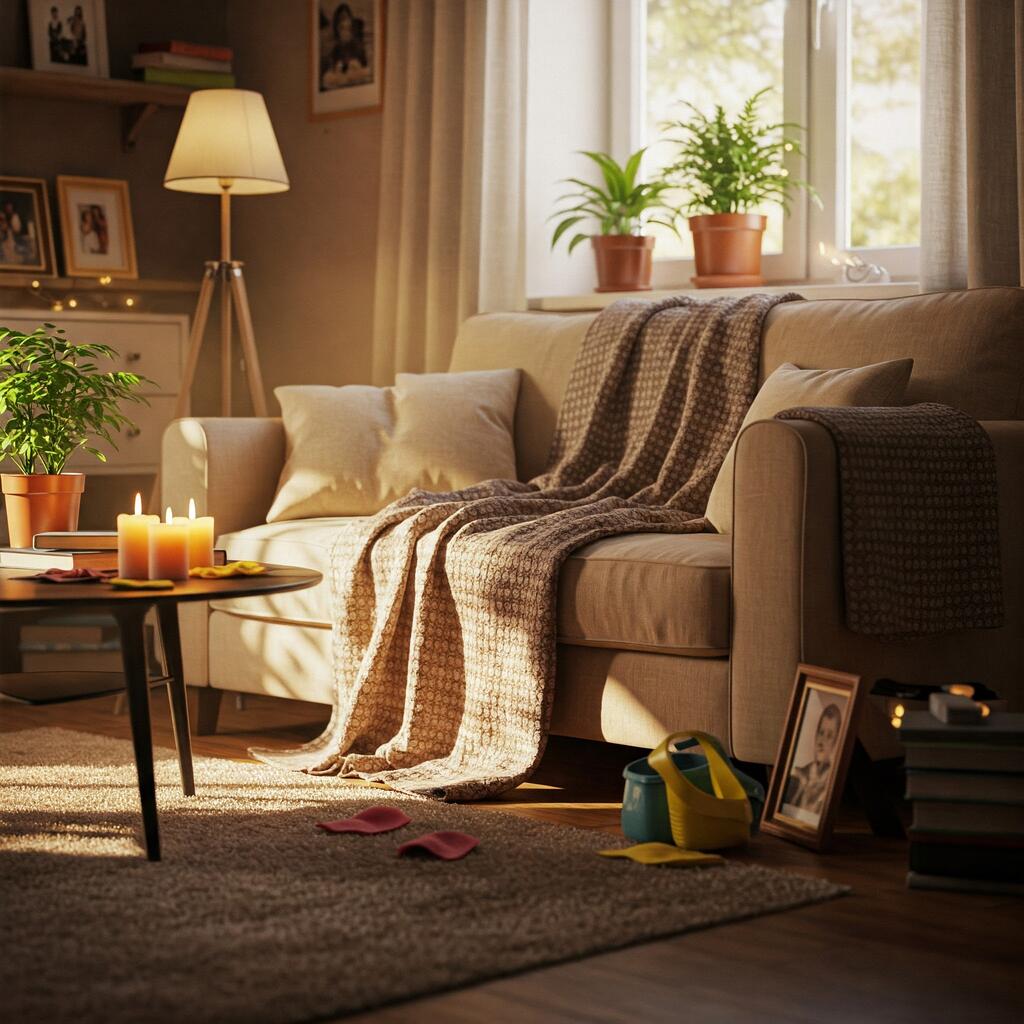
We will share with you ideas, suggestions and tricks to make every room in your home cosy, functional and full of warmth.
From taking care of the small details to the most practical solutions to keep everything in order, you will discover how to transform your home into a place where harmony reigns supreme.
Reflections on Life: Thoughts that Inspire and Guide the Journey

Our reflections on life are thoughts that arise from experience, introspection and the search for a deeper meaning in our daily lives.
Each article is an invitation to look inside ourselves, to discover who we are, to understand the nuances of our existence.
We want to stimulate conversations that help us grow, become more aware and find our inner balance.
Every word you read in this blog is written with the intention of inspiring you, making you dream, accompanying you on a journey of discovery and growth. Join us in this adventure of thoughts, passions and knowledge, where each article is an open door to a world that deserves to be explored.
Share your opinion!
For a number of reasons, and also for ease of management, we use Disqus as the commenting system on our site. If you want to leave a comment on our site, it's very easy thanks to Disqus, the tool we use to manage the comments under each article. Here's what you need to do:
- Go to the end of the article: Scroll down to the bottom, where you'll find the comments section.
- Log in or comment as a guest: If you already have a Disqus account, you can log in with your username and password. If you don't have an account, you can still comment as a “guest”. Just write your name and the comment you want to leave.
- Write your comment: In the box that appears, write your thoughts, a question or a reflection on the article. Be sure to keep a friendly and positive tone, so that everyone can participate in the discussion in a peaceful environment.
- Submit comment: When you have finished writing, click on the button to submit your comment. It will be visible to everyone after it has been approved.
Remember, comments should always be respectful and friendly. If you want to read the rules for comments, you can consult our comment policy.
Thank you for your contribution and for helping to make our site a pleasant place for everyone!
Every article, every thought is inspired by the hope of sparking curiosity and stimulating those reflections that often arise when we stop and look at the world with new eyes.


